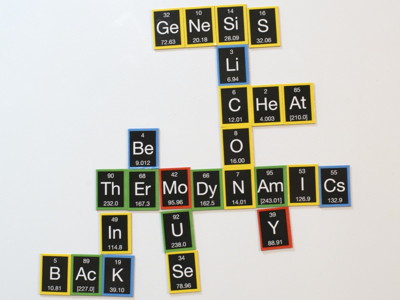Thorium: the essentialsThorium is a source of nuclear power. There is probably more untapped energy available for use from thorium in the minerals of the earth's crust than from combined uranium and fossil fuel sources. Much of the internal heat the earth has been attributed to thorium and uranium. When pure, thorium is a silvery white metal which is air-stable and retains its lustre for several months. When contaminated with the oxide, thorium slowly tarnishes in air, becoming grey and finally black. Thorium oxide has a melting point of 3300°C, the highest of all oxides. Only a few elements, such as tungsten, and a few compounds, such as tantalum carbide, have higher melting points. Thorium is slowly attacked by water, but does not dissolve readily in most common acids, except hydrochloric. Powdered thorium metal is often pyrophoric and should be carefully handled.When heated in air, thorium turnings ignite and burn brilliantly with a white light. Thorium is named for Thor, the Scandinavian god of war. It is found in thorite and thorianite in New England (USA) and other sites.
Thorium: historical informationThorium was discovered by Berzelius in 1828 in a mineral given to him by the Reverend Has Morten Thrane Esmark. Thorium: physical properties
Thorium: orbital properties
IsolationIsolation: coming soon! WebElements ShopWebElements now has a WebElements shop at which you can buy periodic table posters, mugs, T-shirts, games, fridge magnets, molecular models, and more. |
|||||||||
|
|



 Melting point
Melting point Boiling point
Boiling point Density of solid
Density of solid Pauling electronegativity
Pauling electronegativity First ionisation energy
First ionisation energy Second ionisation energy
Second ionisation energy


